30 March 2020
Papantla, Veracruz, Mexico
María Elena Ferral Hernández
Profession
Media
Motive
Exposure of illegal activity
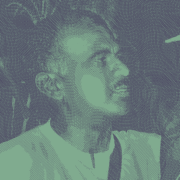

Adolfo Olivas


Ahmed Divela


Amit Jethwa


Artan Cuku


Babita Deokaran
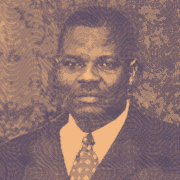

Bayo Ohu
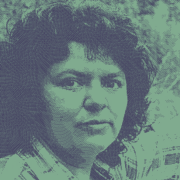

Berta Cáceres


Bhupendra Veera


Bill Kayong
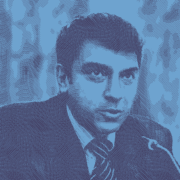

Boris Nemtsov


Boško Buha


Chai Boonthonglek


Charl Kinnear
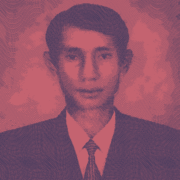

Chut Wutty


Chynybek Aliev


Cihan Hayirsevener


Daphne Caruana Galizia
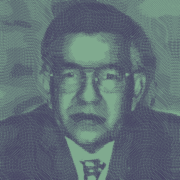

Darío Fernández


Derk Wiersum
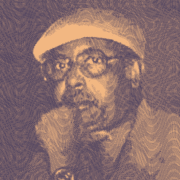

Deyda Hydara
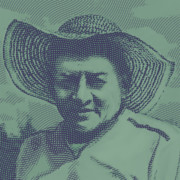

Édgar Quintero


Edmore Ndou
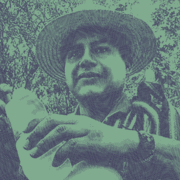

Edwin Dagua


Federico Del Prete


Fernando Villavicencio


Gezahegn Gebremeskel


Gilles Cistac
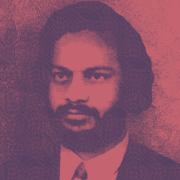

Habibur Mondal


Igor Alexandrov


Jacob Juma
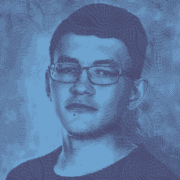

Ján Kuciak


Javier Valdez


Joannah Stutchbury
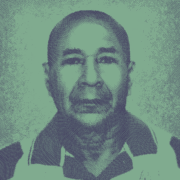

José Ángel Flores


Jules Koum Koum


Kem Ley
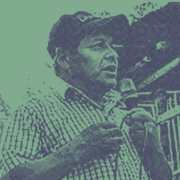

Luis Marroquín
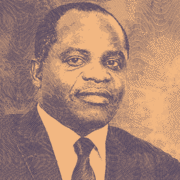

Mahamudo Amurane
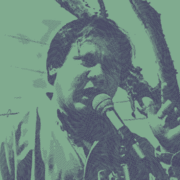

Marcelo Rivera


María Elena Ferral Hernández


Marielle Franco


Milan Pantić


Milan Vukelić
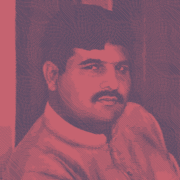

Muhammad Khan


Nelson García


Nihal Perera


Oliver Ivanović
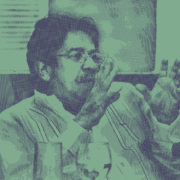

Orel Sambrano


Perween Rahman


Peter R. de Vries
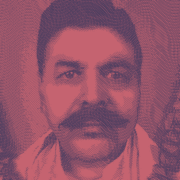

Rajendra Singh


Salim Kancil


Sandeep Sharma


Sikhosiphi Radebe
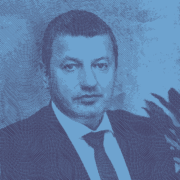

Slaviša Krunić
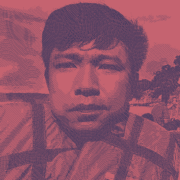

Soe Moe Tun


Victor Mabunda
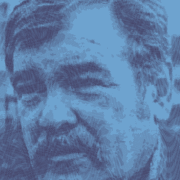

Virgil Săhleanu


Wayne Lotter
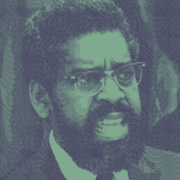

Yuniol Ramírez
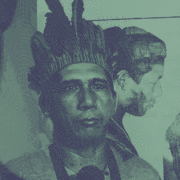

Zezico Guajajara
30 March 2020
Papantla, Veracruz, Mexico
Profession
Media
Motive
Exposure of illegal activity
‘In this new political landscape, the fight for power will bring carnage … Without a doubt, there will be more political crimes in this region,’ wrote María Elena Ferral on 12 March. Her forecast would prove chillingly accurate. Eighteen days later, the 49-year-old Mexican journalist was shot dead.
In her column, Polaca Totonaca, published every week on her website, El Quinto Poder (The Fifth Power), María Elena had recounted the murders of four potential mayoral candidates in Gutiérrez Zamora, a town in the state of Veracruz, on the Gulf of Mexico.
Gutiérrez Zamora is prized territory for criminal groups. Federal Highway 180 passes through the region, a road that stretches through six Mexican states. Along it are transported legal products, along with a steady traffic of stolen fuel and goods, drugs, women and immigrants.
‘Caciques’ (people who wield great power in rural areas of the country) ‘fight for control of this little town with lead and blood,’ she wrote. Those caciques are, allegedly, allies of criminals and the government, and María Elena blamed them for those four murders.
On 30 March, two men intercepted her at the entrance to a Notary Public’s office in Papantla, a city in the same region as Gutiérrez Zamora. There, she was shot three times with rounds that penetrated her liver and lungs, leading to massive blood loss. She died in hospital later that day.
Ferral was the 24th journalist to be murdered in Veracruz in the last eight years. This one particular Mexican state is considered the most dangerous place for the press in Latin America, according to non-governmental organization Reporters Without Borders.
‘My mom knew there was a price on her head’
‘When she published her last column, I told her to take precautions. She didn’t listen and told me to publish it,’ said Fernanda De Luna, María Elena’s daughter. Our interview was in a secret place where she and her younger brother live, guarded by police.
The young woman spoke of her mother’s last publication, in which she named the alleged killers of Javier Riaño (murdered on 5 September 2018), Saúl Zapata, (1 January 2019), Alberto René Cancino (19 February 2020) and Ramón Pérez Cano (6 March 2020). It also recorded the assassinations of two taxi leaders, with significant power in the area, who had made public their groups’ support of Ramón Pérez Cano.
Ferral tied the deaths of the four men to a group called Totonacapan, whose leaders were politicians from the Totonaca region. Some had criminal records and would do anything to maintain their power, even killing, wrote the reporter in her column.
‘My mom knew there was a price on her head because there were constant threats. … When the [political] murders began, I told her to stop [writing about it], to think how things might turn out for us. She said she’d think about it,’ Fernanda said.
One of the politicians she wrote about was Basilio Picazo Pérez, former mayor of Coyutla – a town in Veracruz – and an ex local congressman from Papantla. He is now a fugitive, considered by the Attorney General’s office in Veracruz to be the mastermind behind Ferral’s killing.
On 7 May 2020, Verónica Hernández, head of the Veracruz prosecutor’s office, confirmed that 11 arrest warrants had been issued for Ferral’s murder and that the investigation was mainly linked to her journalistic work. Nine men are currently in custody; four of whom have already been convicted and sentenced to 30 years in prison. Only two people are still at large: Jaime Núñez Aróstegui and Basilio Picazo Pérez, considered to be the masterminds of the crime.
The victim’s relatives revealed that Ferral had received a proposal from political parties to run for the presidency of Gutiérrez Zamora in the 2021 elections. Her crime was the seventh against politicians in this small municipality, a line of investigation that the Veracruz prosecutor’s office has not yet taken up.
Ferral lived her last days tempted by the idea of governing the town, a place that had seen only three women municipal leaders over the last 65 years. She also knew that politics was her chance for a better salary, and as a single mother the increased income was attractive. In that region, most journalists don’t receive a formal salary from their employers.

María Elena's daughter, María Fernanda de la Luna Ferral

Journalists demonstrating in Xalapa
Writing under siege
María Elena’s 33-year-long career gave her a unique position. She had a prime network of sources, and officials note that she provided information that was crucial in leading to the arrest of the two alleged murderers of Leobardo Vázquez, another journalist from Gutiérrez Zamora, who was killed on 21 March 2018.
The quality of her work brought her prestige, and it earned her a national journalism award. But it also courted danger. She began to receive death threats. She assumed the source was Basilio Picazo and the Totonacapan group.
The first violent attack María Elena experienced was linked to the 2004 murder of Alonso Vázquez, a former municipal councilor in Coyutla, who had accused Picazo of corruption as mayor.
‘[In an interview,] Vázquez told my mom that Basilio, gun in hand, had threatened to kill him. Just a few days later, Vázquez was killed,’ Fernanda said.
María Elena gave the tape from that interview to the authorities investigating the crime. Days later, unknown men shot her outside her house, wounding her in the leg. ‘She didn’t file a police report out of fear,’ Fernanda explained.
Two men were arrested for Vázquez’s murder; one revealed that Picazo had paid him 70 000 pesos (around 3 500 dollars). Later, an arrest warrant was issued against the former mayor, but he was never detained.
Seven years later, in 2012, Ferral was attacked again. This time, gunmen opened fire as she and her family were driving, causing their car to hit another vehicle. The attackers managed to get away.
In 2016, Picazo ran for state congress for the district of Papantla, marking his return to politics. The same year, Elena filed a complaint with the Attorney General’s office against him, after allegedly telling her in front of reporters that she had only ‘a few days’ to live. Her daughter now says that government officials pushed her to drop the accusations.
A home by the river, a dream unfulfilled
As she approached 50, María Elena dreamt of buying a house by the Tecolutla River, in her home town, far from the stress and pressures of her profession.
María Elena had worked hard for many years to realize her ambition. At the age of 16, she was studying at college while working at the El Sol de Tampico local newspaper. From her early days, her life was distinguished by a near-military discipline, habits forged from a childhood in the countryside. She brought that vigour when she returned to Veracruz, writing as a correspondent for El Diario de Xalapa, covering politics and crime. Years later she founded her website.
Every day, her daughter said, she would wake up at 6 a.m., check the messages on her three phones, take her son to school and, on her way back, buy newspapers to check in on the important issues of the state and her region.
The same woman who condemned abuses against the dispossessed and demanded justice for the murders of other journalists also had an indulgent, loving motherly side.
‘She liked to go to the movies with us; it served as a distraction. She also used to make the time to help my brother with homework. And she was mortified when there was no money,’ Fernanda said without even crying. Her character, strong as iron, is something she inherited from her mother.
On 23 May 2020, María Elena would have turned 50. Fernanda recalled her mother’s last birthday. ‘I took her to her favourite restaurant, and she ate a seafood casserole. The truth is she will be missed a lot.’
The family continue to wait for justice for their mother. Their wait may well be a long one. Official records show that of the 24 cases of journalists in Veracruz who have been murdered over the last eight years, only four people have been sentenced: an 87 per cent impunity rate. Justice rarely comes.
February 2024 update
Throughout 2023, media NGO Alianza de Medios Mx followed the Ferral murder trial. Observers of the trial questioned why the Public Prosecutor’s Office did not investigate the case from a gender perspective or ask the judge to consider the aggravating circumstance of a crime against freedom of expression in the four sentences handed down so far, given that the attorney general, Verónica Hernández Giadáns, stated in 2020 that Ferral was murdered because of her journalistic work.
However, a court ruling in February 2024 could change the outcome of the trial for the four co-accused who have already been convicted. The district judge ruled that there was insufficient evidence against one of the co-accused, Antonio Zaleta. It is believed that the same decision could be made in relation to the other co-accused.
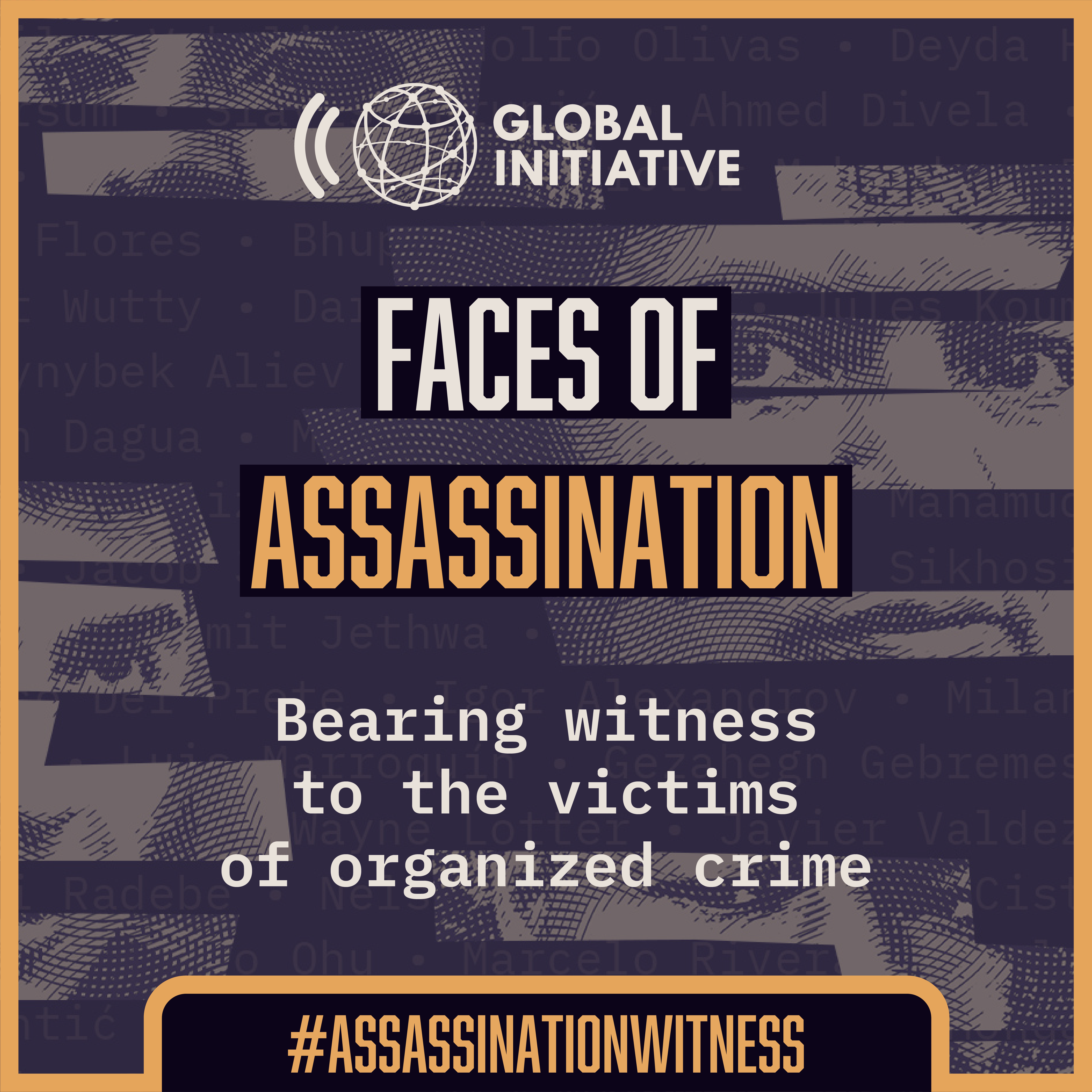
In this episode we talk to journalists and press freedom campaigners about how organized crime networks are a threat to journalism.


14 August 2005
Esteli, Nicaragua
Adolfo Olivas


2 March 2016
Honduras
Berta Cáceres


6 November 2011
Penonomé, Panama
Darío Fernández


15 May 2022
Santander de Quilichao, Colombia
Édgar Quintero


7 December 2018
Cauca, Colombia
Edwin Dagua


9 August 2023
Quito, Ecuador
Fernando Villavicencio


15 May 2017
Culiacán, Mexico
Javier Valdez


18 October 2016
Tocoa, Honduras
José Ángel Flores


9 May 2018
San Luis Jilotepeque, Guatemala
Luis Marroquín


9 July 2009
San Isidro, El Salvador
Marcelo Rivera


14 March 2018
Rio de Janeiro, Brazil
Marielle Franco


15 March 2016
Honduras
Nelson García


16 January 2009
Valencia, Venezuela
Orel Sambrano


13 October 2017
Santo Domingo, Dominican Republic
Yuniol Ramírez


31 March 2020
Zutiwa, State of Maranhão, Brazil
Zezico Guajajara